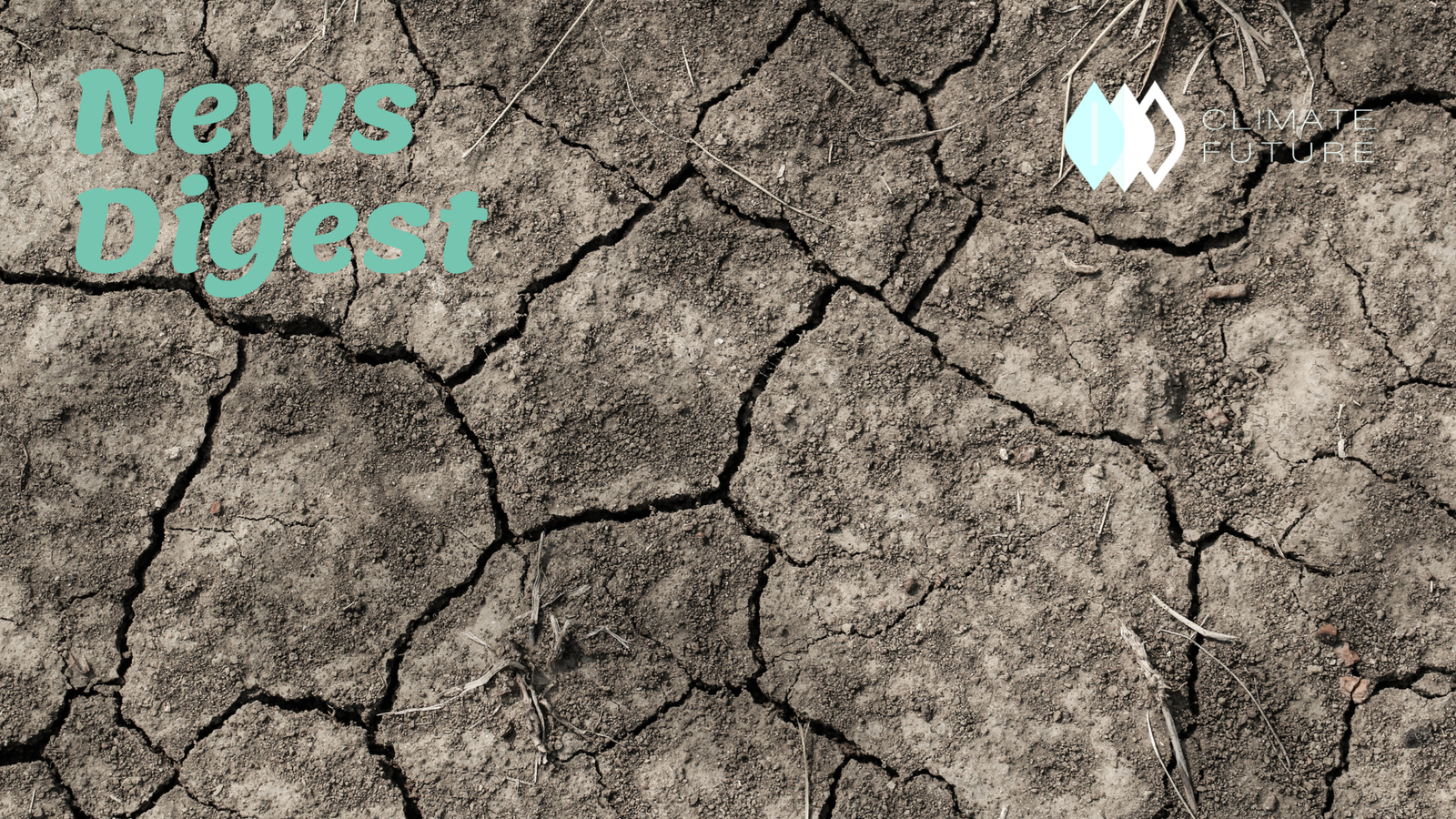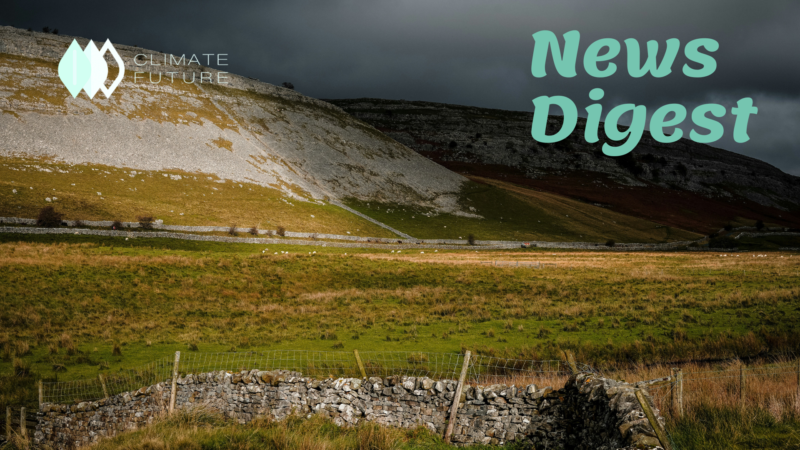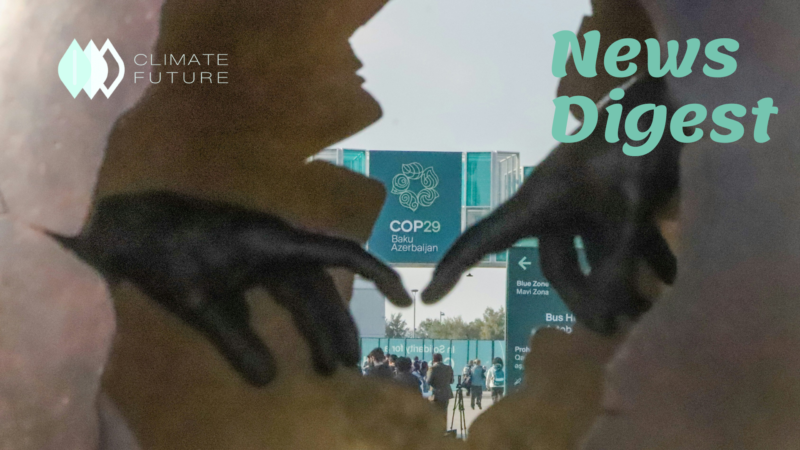Devastating Hawaii fires made ‘much more dangerous’ by climate change
Scientists have indicated that the climate problem contributed to the worsening of the deadly fires in Hawaii, where at least 55 people have died after a firestorm destroyed the ancient town of Lahaina. In advance of one of the deadliest fires in modern US history, drought, and rising global temperatures have made portions of Hawaii into tinderboxes, and strong winds from a nearby hurricane have made things even worse. The Hawaiian Island of Maui, where the fires have taken place, is suffering from a severe drought, according to the US Drought Monitor. Other significant fires have occurred on the island recently; in 2018 and 2021, fires destroyed hundreds of homes and forced thousands of locals and visitors to flee. As a result of the expansion of more combustible non-native grasses as well as rising global temperatures, experts claim that wildfires in Hawaii are currently consuming four times as much land as they did in past decades. Scientists calculating that 90% of Hawaii receives less rainfall today than it did a century ago, with the years after 2008 being exceptionally dry. As a result, the state of Hawaii is becoming increasingly drier. A 2015 study that indicated that rainfall has decreased by 31% since 1990 at several monitoring sites on the islands brought attention to Hawaii’s rising susceptibility to large-scale fires. The state, famous for its volcanoes and dense forests, is in some areas drying out as global warming keeps getting worse.
Warming trend in Asia set to cause more disruption: UN weather agency
According to the agency’s most recent State of the Climate report for the area, melting ice and glaciers and increasing sea levels pose a threat to further socioeconomic upheaval in the future. The new analysis from the organization indicates that Asia is also the region with the highest risk of disaster. Around 5,000 people were killed and 50 million more were impacted by more than 80 catastrophes that hit the continent in 2022, mostly floods and storms. More than $36 billion worth of economic harm was caused. Pakistan saw significant flooding the previous year as well. Just three weeks after the monsoon season began in June of last year, the nation experienced 60% of its typical monsoon rainfall. Over 33 million people, or about 14% of the population, were impacted, and more than $15 billion in losses were reported. Over 1,730 individuals were reported dead, and close to 8 million people were evacuated, according to national officials. Asia also has a general pattern of surface ocean warming that started in 1982. The seas east of Japan, the Philippine Sea, and the northwestern Arabian Sea all experience warming rates that are greater than 0.5°C per decade, or nearly three times the global average. The WMO stated that agriculture, which is at the heart of all climate adaptation strategies, will be impacted by the anticipated rise in the frequency and intensity of extreme events over most of Asia.
Heatwaves and high temperatures threatening young lives in South Asia: UNICEF
According to UNICEF, 460 million children under the age of 18 live in a place with 83 or more days per year with temperatures above 35 °C. The Children’s Climate Risk Index (CCRI) for 2021 by UNICEF indicates that children in Afghanistan, Bangladesh, India, the Maldives, and Pakistan are “extremely high risk” regions for the effects of climate change. Children’s conditions can get worse in the heat even while it’s raining. Children are not able to swiftly expel extra heat from their bodies because they are slow to adjust to temperature fluctuations. In addition to resulting in illnesses and symptoms like increased body temperature, rapid heartbeat, cramps, severe headache, confusion, organ failure, dehydration, fainting, and coma in young children, this can also result in poor mental development in infants and developmental setbacks like neurological dysfunction and cardiovascular diseases. Pregnant women, who are especially susceptible to heat, run the risk of early contractions, hypertension, seizures, high blood pressure, preterm births, and stillbirths. Young children’s body temperatures can be lowered by ice packs, fans, or water misting, while older children may benefit from submersion in cold water. In the end, those most at risk—children, adolescents, and women—are the ones who suffer the most from extreme weather conditions.
China’s Zaozhuang is transitioning towards a “green” environment and promoting the clustering of lithium battery industry chains
As a coal-dependent city, Zaozhuang has recently seized significant opportunities like the national implementation of the “dual carbon” strategy, the creation of a green, low-carbon, and high-quality development pilot zone in Shandong, and the support of Shandong to cluster and develop the lithium battery industry in our city. It has continually pushed the high-end, environmentally friendly, and intelligent development of the lithium battery industry, supported the transition to a “green” energy structure, and made every effort to create a city that is safe, efficient, and uses new energy sources. The first Zaozhuang International Lithium Battery Industry Exhibition was successfully held in the city in September 2022, creating an international platform for comprehensive services that combines product display, technical exchange, research and development cooperation, investment promotion and docking, and science education. 32 significant projects with a combined investment of 133.5 billion yuan were successfully inked during this time, as well as invitations to over 1200 guest merchants and 165 renowned businesses. The 2023 Zaozhuang International Lithium Battery Industry Exhibition will take place in Zaozhuang on September 16 under the direction of the China International Chamber of Commerce. It is being organized by the Zaozhuang Municipal People’s Government, the Shandong Provincial Council for the Promotion of International Trade, and the Shandong Provincial Energy Bureau.
References
https://www.theguardian.com/us-news/2023/aug/11/hawaii-fires-made-more-dangerous-by-climate-crisis
https://news.un.org/en/story/2023/07/1139152



